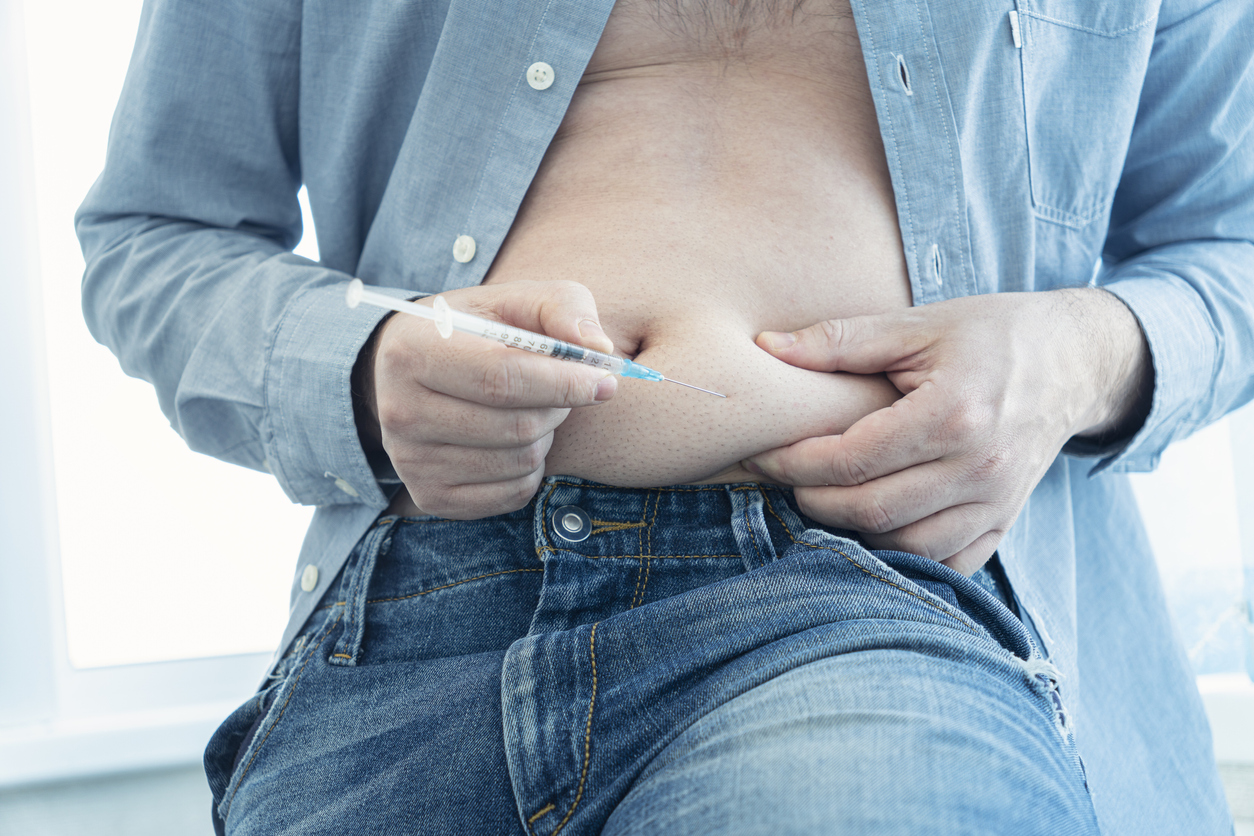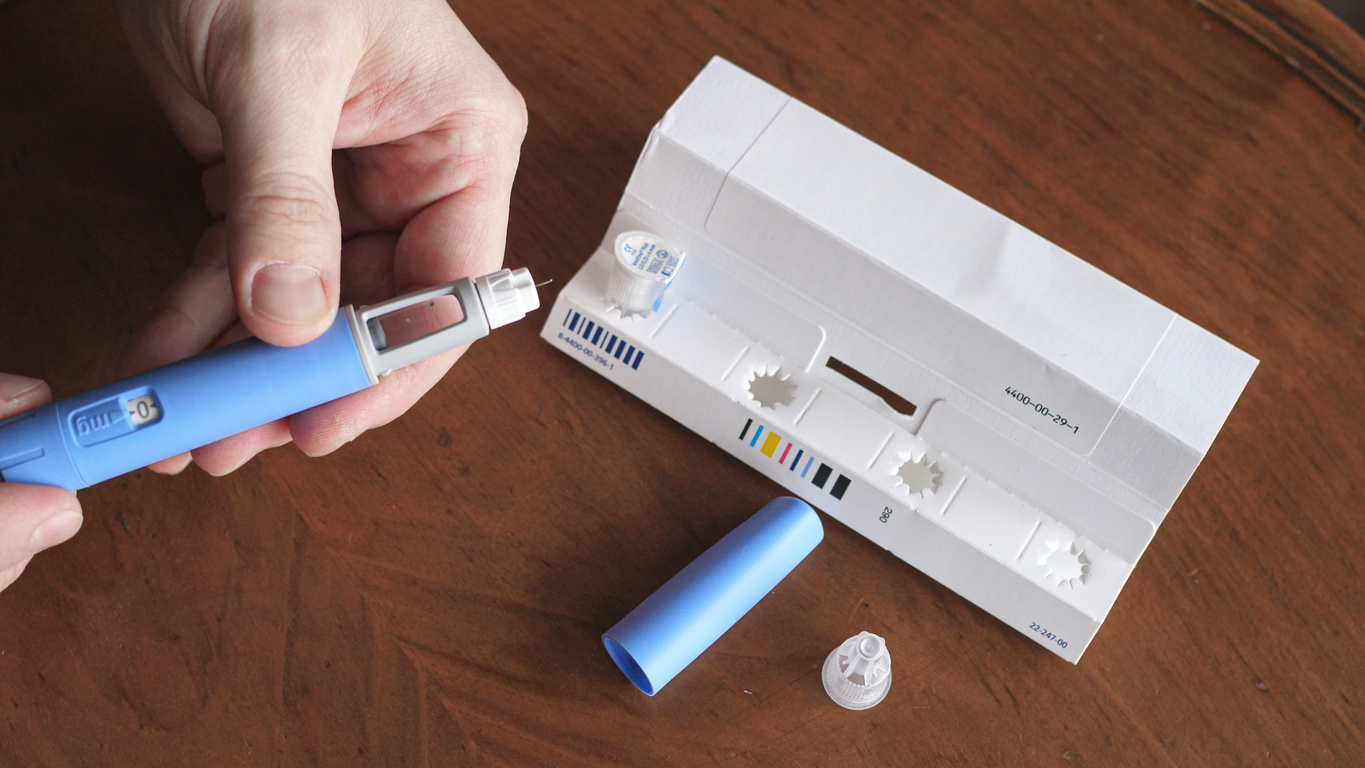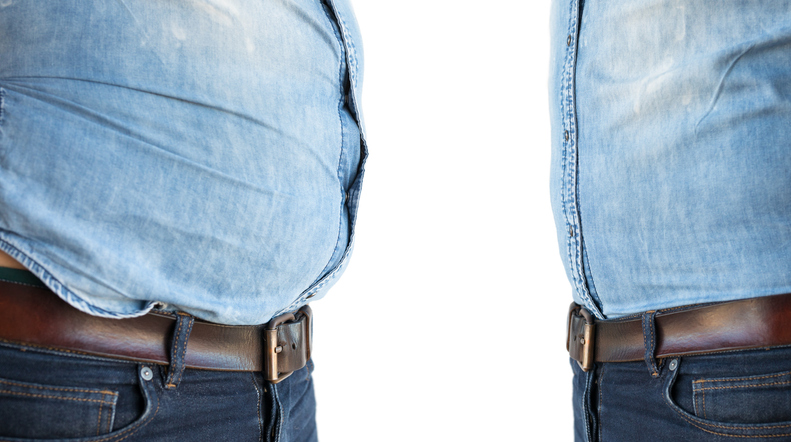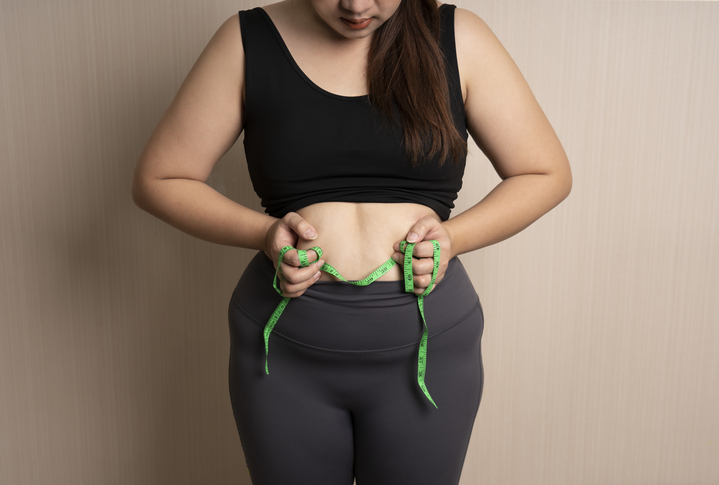What is Endoscopic Sleeve Gastroplasty Los Angeles?

Endoscopic sleeve gastroplasty Los Angeles, also known as sleeve gastrectomy, is a weight-loss procedure that is minimally invasive. It is a highly effective procedure that is done by using an endoscope, which is a device that is entered through the throat and down to the stomach, and sutures the stomach to reduce its size. This procedure results in significant weight loss by limiting the amount of food you are able to eat.
Endoscopic sleeve surgery may be ideal for patients who are significantly overweight, with a body mass index (BMI) of 30 or higher, and diet and exercise habits have not worked. Because endoscopic sleeve surgery is minimally invasive, as the endoscope is inserted into the throat and into the stomach, it significantly reduces the risks or complications that would be present in a more invasive surgical procedure. As a result, it allows the patient to go back to their daily activities much quicker than they would if they had opted for a surgical weight-loss procedure.
It is important to know that just like any weight-loss procedure, patients who have endoscopic sleeve gastroplasty must make a commitment to live a healthier and more active lifestyle. This means that if you receive endoscopic sleeve gastroplasty, you must make sure that you partake in life-long changes to your diet and health, and exercise to ensure lasting success of the procedure and its results.
Are you interested in endoscopic sleeve gastroplasty Los Angeles? If so, our team is here to help. Contact Weight Loss Los Angeles to find out more about endoscopic sleeve gastroplasty locations and learn if it is right for you!
Why is it Done?
Endoscopic sleeve gastroplasty is a procedure that aims to help you lose excess weight and potentially reduces your risk of developing health conditions associated with being overweight, such as:
- Heart disease
- High blood pressure
- Stroke
- Type 2 diabetes
- Non-alcoholic fatty liver disease (NAFLD)
- Non-alcoholic steatohepatitis (NASH)
- Sleep apnea
- Osteoarthritis (joint pain)
Generally, endoscopic sleeve gastroplasty and alternative weight-loss surgeries are performed only after you have attempted to lose weight through lifestyle changes, including diet and exercise.
Who is it For?
Endoscopic sleeve gastroplasty is a procedure available to individuals who:
- Retain a body mass index (BMI) of 30 or higher
- Have attempted to lose weight through diet and exercise but were unsuccessful
- Don’t qualify or choose to have traditional bariatric surgery
Keep in mind that endoscopic sleeve gastroplasty is not an ideal option for just anyone who is overweight. This is because your doctor must assess your overall health to determine if the procedure is right for you. In addition, those who have the procedure done must be willing to live a healthier lifestyle, including both diet and exercise habits, as well as regular health follow-ups after the procedure.
Endoscopic sleeve gastroplasty is not an option for individuals who have a large hiatal hernia or a health condition that causes gastrointestinal bleeding.
Currently, endoscopic sleeve gastroplasty is not covered by most health insurance.
What Are the Risks?
Currently, endoscopic sleeve gastroplasty has shown to be a relatively safe procedure, as it is minimally invasive. However, pain and nausea may occur for several days after the procedure. Generally, these side effects can be managed with pain and nausea medication. Most people who have the procedure done feel better after a few days.
How to Prepare For Endoscopic Sleeve Gastroplasty
If you have qualified for the procedure, your medical team will provide specific instructions leading up to endoscopic sleeve gastroplasty to get you prepared. You will need to have a number of lab tests and exams prior to your procedure. There will be restrictions when it comes to having certain foods and drinks, in addition to the types of medications you can take. In addition, you may be required to join a physical activity program.
Before the procedure, it is important that you plan ahead to ensure a smooth process. For example, be sure to have someone to help you at home during your recovery. Generally, the recovery period lasts only a few days after endoscopic sleeve gastroplasty.
The Procedure
Endoscopic sleeve gastroplasty is an outpatient procedure that is done under general anesthesia so that you are comfortable and asleep during the procedure.
The procedure is done using a flexible tube with a camera that is attached to an endoscope that is a suturing device, which sutures the stomach to make it smaller. The endoscope is inserted down the throat and into the stomach. The small camera that is attached to the flexible tube allows the doctor to see and perform the procedure inside of your stomach without the need to make any incisions on your abdomen.
The stomach is then sutured to make it smaller, resulting in the stomach to be shaped like a tube. Because the procedure makes the stomach smaller, it limits the amount of food you can eat so that you feel fuller sooner.
The procedure generally takes 60 to 90 minutes.
After the Procedure
After the procedure is completed, you will awaken in the recovery room and the medical staff will monitor you for a while to ensure that there are no complications. Once the sedative has worn off, patients are able to go home the same day of the procedure. Sometimes, patients may need to stay for one day in the hospital for observation.
Patients are not allowed to eat for a few hours after the procedure. You will need to be on a liquid diet for at least two weeks and then you can move on to semi-solid foods, and eventually a regular healthy diet.
Contact Us For Endoscopic Sleeve Gastroplasty Los Angeles
Are you interested in learning more about endoscopic sleeve gastroplasty (ESG) near me? If so, our team is here to help. We can provide you with more information about the procedure and schedule an examination to determine if endoscopic sleeve gastroplasty Los Angeles is right for you.










